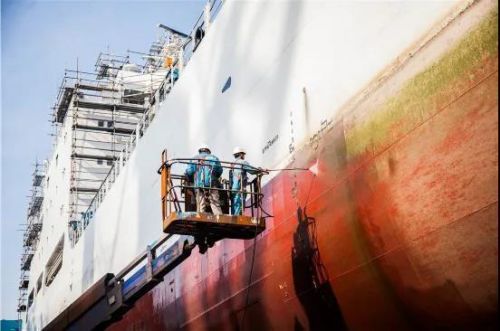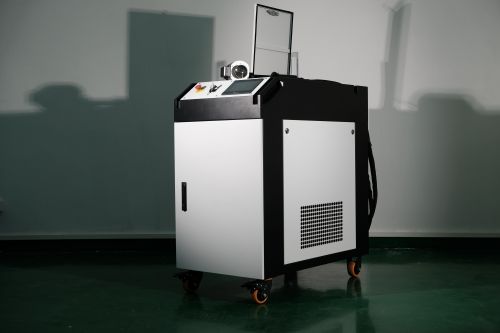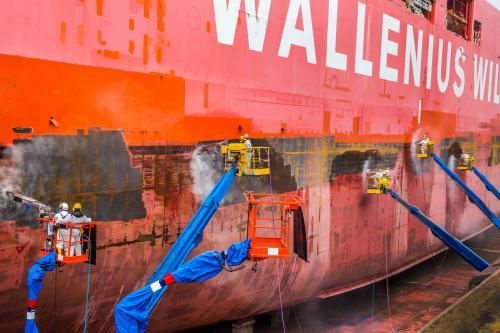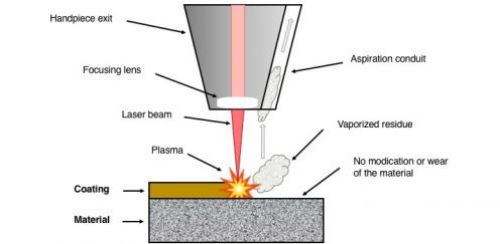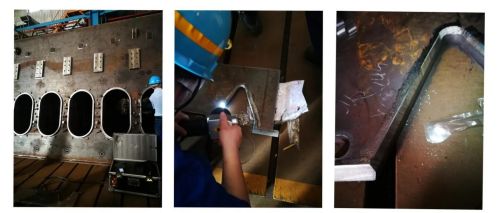The rise of the world’s great powers all start from shipbuilding and go through the ocean. As an important symbol of a country’s industrial level, the shipbuilding industry, as the “crown of comprehensive industries”, has a high degree of industrial expansion and strong industrial drive. Since the first half of this year, the shortage of global shipping capacity has led to a rise in shipping prices, and the growth in shipping demand has led to an increase in international new ship orders, giving birth to a “prosperous scene not seen in ten years” in the global shipbuilding industry. it is good.
Although the situation is good, the shipbuilding industry still needs to face many industrial upgrading problems under the high pressure of environmental protection. In recent years, the International Maritime Organization (IMO) has gradually accelerated its legislation on environmental protection, and the relevant energy efficiency and carbon intensity indicators have clearly established a timetable for entry into force.
At the same time, the “carbon peak and carbon neutrality” goal has also been proposed for the green development of the shipbuilding industry. With the new requirements, “decarbonization” is imperative, and the in-depth application of new energy, new materials and more green and intelligent technologies has become the key direction of the shipbuilding and repairing and shipping industry in the future.
Traditionally, ship descaling is an important part of ship maintenance and repair. In the past, it was mainly carried out by manual shovel hammer or air blasting. However, now in major shipbuilding enterprises, more and more laser cleaning is used to carry out ship cleaning. Cleaning, why is there such a shift? Or what are the advantages of laser cleaning machines compared to traditional cleaning methods?
Traditional cleaning process in shipbuilding and repair
In ship building and repair, there are a large number of cleaning links, mainly including steel plate pretreatment (before welding and after welding) and segmental pretreatment (before painting) of new ships, as well as rust removal and overall removal in the repair and maintenance of old ships. Paint and secondary paint maintenance.
Traditional cleaning and paint removal processes mainly include manual grinding, sandblasting, shot blasting, high-pressure water washing and chemical cleaning. These traditional cleaning processes can basically meet the needs of hull cleaning in terms of efficiency and rust removal quality, but cannot be ignored. Yes, they are generally labor-intensive, high water and electricity consumption, especially sandblasting produces a large amount of smoke and dust, causing serious pollution to the environment, as well as waste water recycling after high-pressure water washing, and some tasks with high cleanliness requirements cannot be completed etc.
Laser cleaning technology has many advantages such as no damage to the substrate, precise control at the micron level, energy saving and environmental protection, so it has become a research hotspot in shipbuilding.
1. Manual rust removal
The tools for manual rust removal include hammers, shovels, steel knives, wire brushes, etc. Generally, thick rust spots are knocked loose with a hammer and then removed with a shovel. High labor intensity and low rust removal efficiency.
2. Mechanical rust removal
(1) Small pneumatic or electric rust removal; (2) Shot peening (sand) rust removal;
(3) Derusting by high pressure water abrasive; (4) Derusting by shot blasting.
3. Chemical rust removal
It is mainly a rust removal method that uses the chemical reaction between acid and metal oxides to remove the rust on the metal surface, that is, the so-called pickling and rust removal, which can only be operated in the workshop. Chemical rust removal has high risk, serious environmental pollution, and is restricted for use.
4. Laser rust removal
Laser rust removal is a new green, environmentally friendly, efficient and safe new technology, which will soon replace the above processes and be widely used. Especially in paint stripping, oil removal, edge cleaning and rust removal, and oxide layer removal, laser cleaning will play an irreplaceable role.
Based on the above reality, under the requirements of the new EIA standards, shipbuilding industry enterprises must actively seek new, efficient and clean cleaning processes and methods to solve the industry’s pain points.
Laser cleaning makes ship cleaning an important option
In recent years, under the advocacy of high efficiency, energy saving and environmental protection to promote the development of the industry, laser cleaning technology has gradually emerged in high-end applications such as new energy vehicles, aerospace, and precision electronics, and has also shown more and more application potential in the shipbuilding industry.
Laser cleaning technology has many advantages such as no damage to the substrate, precise control at the micron level, energy saving and environmental protection, etc., and can fully meet the needs of rust removal of all steel profiles and pretreatment before and after welding.
In terms of ship maintenance, laser cleaning, as a “high-precision” cleaning technology, is suitable for the peeling of rust and paint on the surfaces of cabins, ballast tanks, fuel tanks, etc., as well as the cleaning of carbon deposits such as marine diesel engine cylinder valves It does not hurt the substrate, and can deal with small gaps without any obstacles to accurately remove scale, high cleaning quality, energy saving and environmental protection.
If you want to learn more about laser cleaning, or want to buy the best laser cleaning machine for you, please leave a message on our website and email us directly!
Post time: Oct-12-2022






